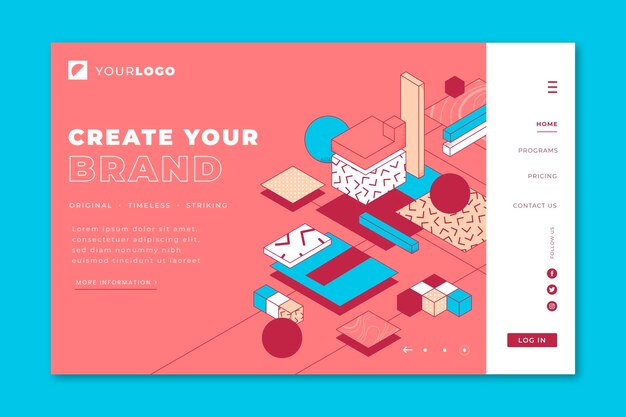Unleashing Innovation: Gaining a Competitive Edge with Design Tools

Supporting Innovation in Electrical System Design: Insights from Glenn Reynholds of Mentor Graphics
Glenn Reynholds from Mentor Graphics discusses ways to foster innovation in the realm of electrical system design and harness manufacturing. In a recent survey of automotive industry executives, one of the key questions was: “What do you seek in new design tools?” Predictably, the top two answers were speed and accuracy. However, the third most important factor—”Supports innovation”—was a bit of a surprise.
Innovation has now surpassed productivity and cost reduction on the priority list, highlighting how deeply executives appreciate its critical role in their companies’ ongoing success.
Promoting Innovation: What Matters?
To foster a conducive environment for innovation, it’s crucial to delve into the various types of innovation and identify the targets within that spectrum.
Breakthrough Innovation: This type can dramatically affect a business but often requires substantial changes to the business model or organizational structure. While essential, its capacity to be absorbed by the company is limited.
Incremental Innovation: This involves minor, regular improvements that can happen daily at every engineer’s desk. Think of it like baseball: while home runs are impressive, it’s the consistent, smaller hits that often win the game.
The challenge is enabling incremental innovation throughout the entire organization, not just among a few individuals working on fundamental changes.
Virtual Lessons for Real-World Application
For engineers to innovate effectively, they need a work environment that keeps them focused, provides easy access to necessary information, and aids decision-making. Lessons from the virtual reality space can help illustrate how to achieve this by understanding different types of immersion:
– Narrative Immersion: Like getting engrossed in a story, this is a passive engagement.
– Tactical Immersion: When performing skilled tasks, individuals feel “in the zone.” Although more engaging, it involves low-level tactical decisions.
– Strategic Immersion: This is the goal. It’s a deep, cerebral engagement where one weighs multiple possibilities, akin to playing chess. It’s about thinking ahead and understanding the ripple effects of each decision.
Achieving Strategic Immersion with Design Tools
The ideal design tool should foster this last type of immersion, allowing engineers to mentally run through various scenarios to evaluate the pros and cons and foresee the impact of their decisions on the overall design.
Keeping Engineers in the “Zone”
To maintain strategic immersion in an engineering environment, it’s essential to focus on a few key areas:
1. Consistency: Ensure engineers don’t lose their train of thought by having to hunt for information. Keeping all necessary data within easy reach helps maintain their mental model.
2. Accessibility: Make sure all decision-making tools are readily available to aid in swift and informed choices.
3. Integration: Seamlessly integrate different aspects of the design environment so engineers can keep solving problems without unnecessary interruptions.
By honing in on these elements, you can create a design environment that continuously supports innovation and allows engineers to thrive.